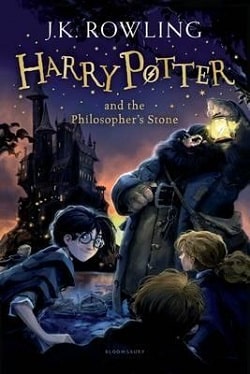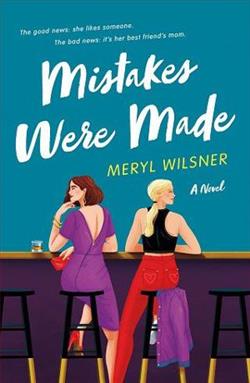“James Henshaw’s wife, Rosie,” said Reilly, “but I can’t see how she could control everything so tightly when she has two kids to look after.”
“Apart from that we are keeping a close eye on her, and she doesn’t appear to have stepped out of line, so far,” said Gardener. “We’ve read everything that the Bradford cyber team collated on her and I have my doubts.”
“So, back to Michael Foreman, what killed him?” asked Reilly.
Fitz sucked in air through his teeth and pulled out another folder from the desk.
“I’m still awaiting the results of the screening tests.”
“But you have a good idea.”
“Yes, and I’m afraid you’re not going to like it.”
“Do we ever?” asked Reilly.
“In my opinion, what Michael Foreman had been given was a highly toxic substance, and it was administered by someone who really knew his way around the stuff. In rapidly dividing cells, blood, hair follicles, cells in the gut, sperm, bone marrow and cancer, it becomes obvious when the original cells die and are not replaced. In treating cancer you rely on cancer cells having a quick turnover and you stop the treatment before it causes cell death in other organs.”
“Is that what he was given, an anti-cancer treatment?”
“Not strictly. I’m of the opinion he was given a dose of nitrogen mustard, which is related to mustard gas, some of which can be used as anti-cancer drugs. I think it was short term, probably administered as an injection not long before you found him. If it had been long term, we would likely have seen sickness, vomiting, hair loss, infection and anaemia due to low blood cell counts – just like the Russian diplomat who was given polonium some years back.”
Gardener struggled to believe what he was hearing. “What is nitrogen mustard, and how do you get hold of it?”
“Nitrogen mustards were originally produced in the 1920s and 1930s, potentially as chemical warfare weapons,” said Fitz. “They are vesicants, or to be more precise, blister agents, similar to the sulfur mustards. They come in different forms that can smell fishy, musty, soapy, or fruity. They can be in the form of an oily-textured liquid, a vapour, or a solid. But I don’t believe it was a solid. I still think he was injected with the liquid form of the agent.”
The mention of the word agent made Gardener shudder involuntarily. That led to nerve agents, which could lead to government involvement, especially when you considered where most nerve agents came from.
“But there is another complication that you might need to investigate,” said Fitz.
“Go on,” said Reilly
, having risen from his seat to pour another coffee.
“They are also known by their military designations of HN-1, HN-2, and HN-3. To my knowledge,” continued Fitz, “nitrogen mustards were never used in warfare. HN-1 was originally designed to remove warts. It was later identified as a potential chemical warfare agent. HN-2 was designed as a military agent, but that was used in cancer treatment. Other treatment agents now have replaced it. HN-3 however, was designed solely as a military agent.”
“Has anyone used it?”
“Certainly not us.”
“Is it contagious?” asked Gardener.
“If nitrogen mustards are released into the air as a vapour, you could be exposed through skin contact, eye contact, or breathing. If it’s released into water, then you’d be exposed if you drank the contaminated water, or getting it on your skin.”
“But you think this was injected in liquid form, so how likely is the exposure?”
“Very slight,” replied Fitz. “You could be exposed by coming into direct contact with liquid nitrogen mustards but I don’t believe either of you were.”
“Is there an antidote if you are?” asked Reilly.
“No,” said Fitz. “No antidote exists for nitrogen mustard exposure, the best thing to do is avoid it.”
“Now he tells us.”
“So which one of the three do you think he was given?” asked Gardener, not relishing the answer, or its implications.
“Without the results of the toxic screen I won’t know for definite, but in my opinion he was given HN-3.”
“And you’d get that where?” asked Reilly.















